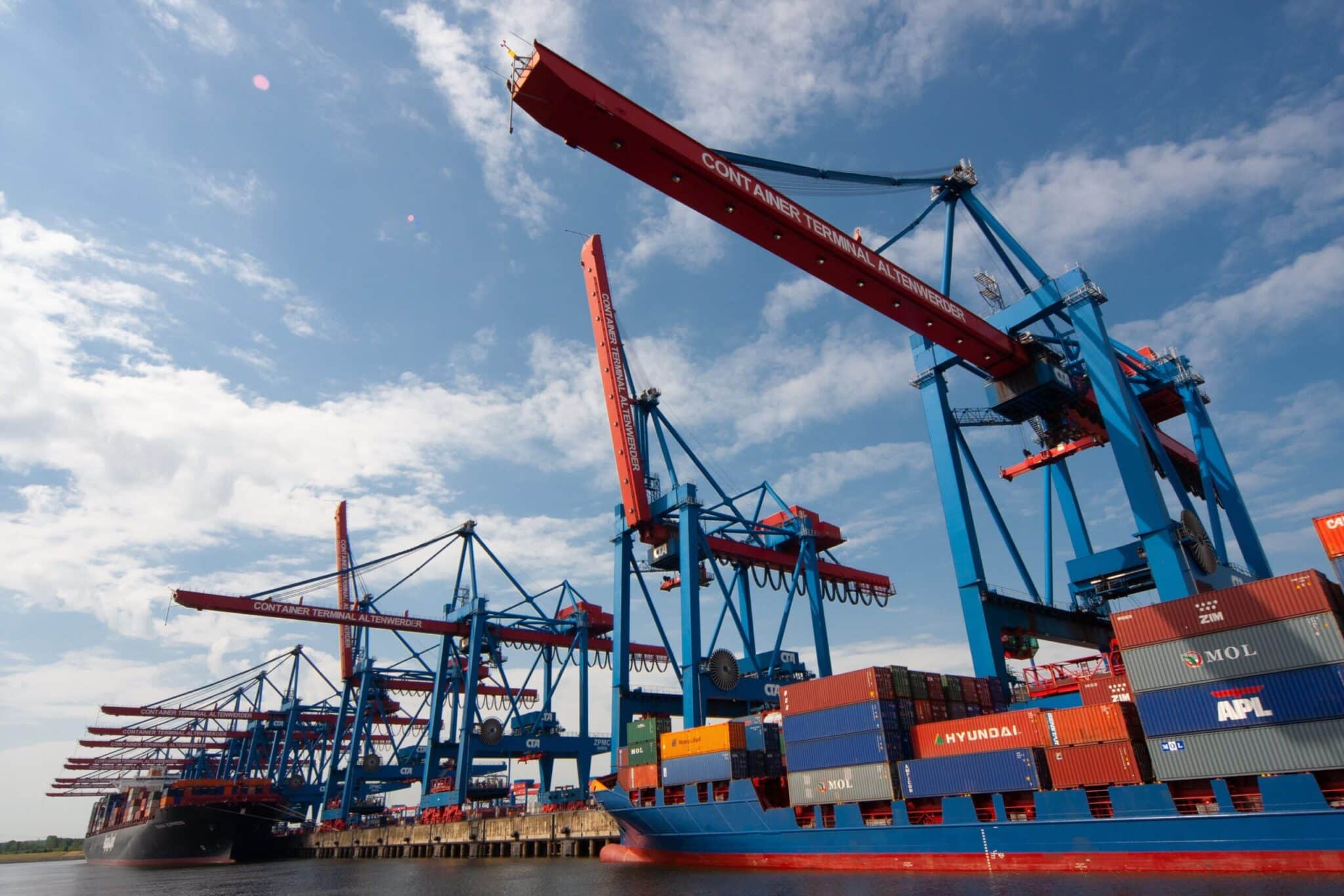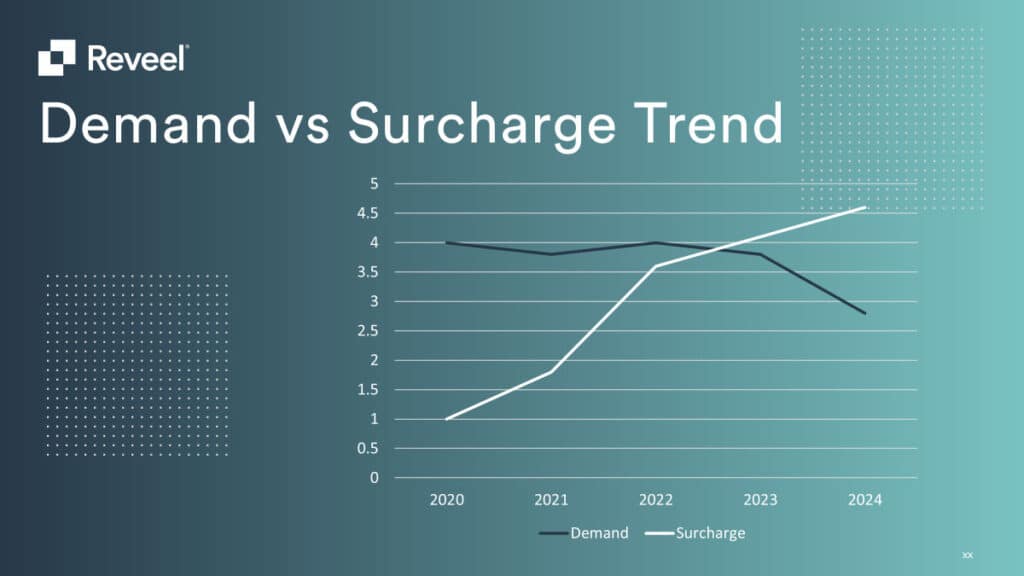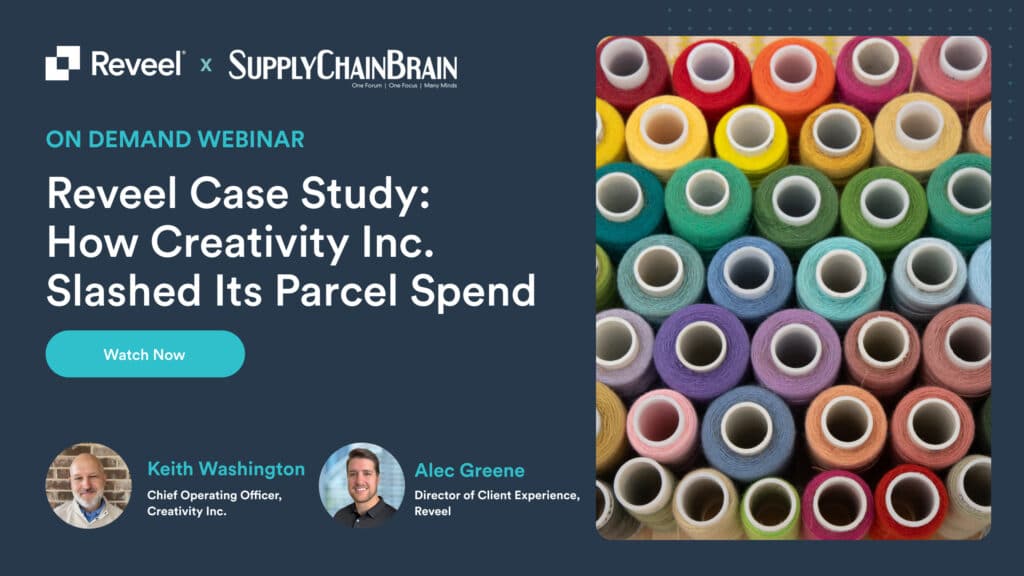Most manufacturers or direct-to-consumer companies think about shipping, they typically think of individual boxes of goods being shipped across the country in trucks and cargo planes. What most of these shippers (and much of the general public) are thinking of is parcel shipping. This movement of goods more or less deals with handling packages one at a time, but there is another type of shipping in the industry that thinks about goods in larger quantities like pallets, truckloads, and shipping containers: freight shipping.
While size is the main difference between parcel and freight, they still seem like very similar services in terms of their transportation methods. However, their price structures, levels of service, and contributing delivery factors vary greatly in freight vs. parcel shipping. Both Amazon and the two major parcel carriers offer both service types, like UPS freight, but at incredibly different price points and service levels. On the other hand, some, like USPS only offer parcel shipping while others, like Con-Way, only move freight.
The Difference Between Parcel & Freight
The overarching difference between parcel and freight is individual vs. bulk shipments. With parcel shipping, you’re typically only shipping one box to each customer address at a time, and this is often a direct-to-consumer relationship. However, freight shipping comes in when you need to ship a collection of goods by the pallet or truckload as a group. Since this is a very broad definition of the difference in these services, let’s break each type of shipping down to learn more about them and when to leverage each one.
What is Freight Shipping?
Freight shipping is the movement of large quantities of packages at one time. When you think of “cargo” rather than “parcels” in shipping terms, you’re likely thinking of freight. To put a number to the size of freight shipments, consider that UPS, FedEx, and DHL all max out their parcel shipments at 150 lbs; anything above that weight limit with these carriers must be shipped via the FedEx or UPS freight service. Additionally, UPS and FedEx also have size restrictions that move shipments from parcel to freight. As of 2023, that takes effect with any shipments larger than 108 inches by 165 inches.
Once freight is chosen, shipments are sized according to the amount of space they’ll take in a shipping container. Full truckload shipments fill a full truck trailer, and are subject to local regulation weight limits typically between 35,000 pounds and 45,000 pounds. Less than truckload shipments (LTL) take up less than a full truck bed and typically weigh less than 10,000 pounds total. Partial truckload shipments don’t fill the whole truck, but are typically larger than LTL shipments and are subject to less handling.
This type of shipping relies on a variety of transportation methods, including trucks, cargo planes, ships, and trains, and a single shipment can utilize some combination of the four, depending on the circumstances. While millions of individual parcels move each day, only a handful of freight packages are delivered by comparison. Unlike parcel shipping, which operates on a system of repetitive daily routes, freight shipping is based on supply and demand, so its ability to predict delivery is less precise.
What is Parcel Shipping?
Parcel shipping is often the type of shipping most consumers and retailers are familiar with, especially due to their more frequent exposure to the service. With this, parcels are moved one or a few at a time through ground or air shipping with companies like UPS, FedEx, or DHL or the publicly-funded USPS. Typically, the parcels that are eligible for this service weigh less than 150 lbs., or–more likely–less than 70 lbs., and are below the size restrictions of the parcel carrier handling it.
Since parcel shipping deals with the movement of individual packages, this service is often more flexible and their delivery more precise than freight. A big difference between parcel and freight is a parcel delivery driver’s ability to expedite the delivery of packages by taking on an additional one or more parcels on their truck. Since freight deals with massive quantities of packages, a single extra pallet can limit the space in a truck or container, delaying others for multiple days at a time.
Who Should Use Freight vs. Parcel
When to Use Freight
If you only ship small quantities of goods or your packages rarely go to the same destination, then freight shipping may not be for you. However, if you find your company ships a high-volume of your products to one vendor or customer at a time, then you’ll find the most value in shipping with freight. Keep in mind that, since freight is subject to train or cargo ship transportation and passes through huge handling facilities, freight shipments may be more likely to encounter unexpected delays. For these reasons, freight is almost exclusively used by commercial shippers whose goods are somewhere in the middle of the supply chain, like manufacturing.
When to Use Parcel
On the other hand, small to medium-sized retail shippers almost always use parcel shipping. These shippers are unlikely to move enough volume to a single location to find cost-effective savings in freight vs. parcel. If your packages are closer to the end of the supply chain, or are direct-to-consumer, parcel is the best type of shipping for you.
However, there can be gray areas. Packages heavier than 70 pounds but lighter than 150 pounds can go either freight or parcel, with the final determining factor being shipment volume and destination. If you are shipping large enough volumes of identical goods to a single destination, it may be possible to package them on pallets and ship them via freight. On the other hand, if you consistently ship small LTL loads with freight, it may be time to review your parcel shipping options — especially if your individual packages are on the smaller size.
Whether you’re a parcel shipper interested in expanding your business with freight shipping, or a freight shipper offering a new direct-to-consumer good, Reveel is here to help. Our experienced team of consultants are former shipping company experts that chose to leave and use their knowledge to help companies like yours find new savings opportunities in their everyday shipping costs. We will walk you through your freight vs. parcel options and a detailed review of what and how your company ships to help you understand the best solutions and service options available to you. We’ll even help you negotiate new shipping contracts when you decide to add freight or parcel to your portfolio. Get started with a free demo today.





